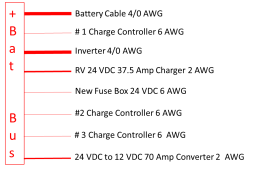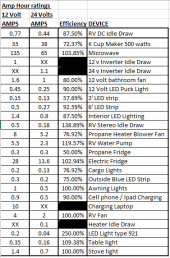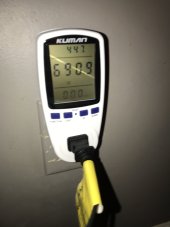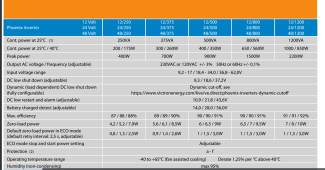Mister Mike
New Member
- Joined
- May 29, 2021
- Messages
- 28
So I had the below diaram installed in my van. The installer recommended the Renogy 700 inverter however after reading the reviews I went with the Victron Energy Phoenix 800VA 12-Volt 120V AC Pure Sine Wave Inverter. I thought I’d be fine running a 600 watt microwave but watched a video tested one and the input was 900 watt.
I thought I’d add a 3000 watt modified inverter next to my Victron 800 and use the 3000 watt for just the microwave and a air fryer that showed 700 watt draw.
I asked the tech how this could be done and was told to "hook it up the same way I hooked up your Victron 800. I asked if I should put a switch in between them and he said “if you want to”.
I’m at the final stage of a 2 year build and I couldn’t bear the thought of screwing something up now.
I’m totally a rookie so I’ll include a little info and maybe you can let me know how to do it.
Thanks! Mike
1)No on-off switch was not installed
2) The batteries are the 280 Ah I got from China
3)The viltron is within 2 feet from the batteries and the Shunt. I believe I can for the 3000 watt inverter right next to the 800 watt with enough room f to ventilate.
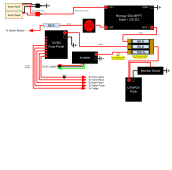
I thought I’d add a 3000 watt modified inverter next to my Victron 800 and use the 3000 watt for just the microwave and a air fryer that showed 700 watt draw.
I asked the tech how this could be done and was told to "hook it up the same way I hooked up your Victron 800. I asked if I should put a switch in between them and he said “if you want to”.
I’m at the final stage of a 2 year build and I couldn’t bear the thought of screwing something up now.
I’m totally a rookie so I’ll include a little info and maybe you can let me know how to do it.
Thanks! Mike
1)No on-off switch was not installed
2) The batteries are the 280 Ah I got from China
3)The viltron is within 2 feet from the batteries and the Shunt. I believe I can for the 3000 watt inverter right next to the 800 watt with enough room f to ventilate.




